Lactic Acid
(Specimen Container)
Gray-top tube
(Transport Temperature)
| Temperature | Period |
|---|---|
| Room temperature | Unacceptable |
| Refrigerated | 72 hours |
| Frozen | 30 days |
Gross hemolysis
Grossly icteric
The collected blood should be well-mixed and separated from the cells within 3 hours. Freeze plasma and ship frozen. The assay manufacturer, Roche, notes that N-acetylcysteine, when administered in high concentrations (such as for treatment of acetaminophen overdose), can interfere with their assay for Lactate (Lactic Acid), leading to falsely low results. Sample should be collected without the use of a tourniquet; avoid hand-clenching. If a tourniquet has been used, it should be released for one minute prior to drawing blood. Collected blood should be cooled on ice immediately and separated from the cells within 3 hours. Transport Frozen.
Lactic acid is the endproduct of the anaerobic metabolism of glucose. The blood lactic acid concentration is affected by its production in muscle cells and erythrocytes and its rate of metabolism in the liver. During exercise, blood lactate can increase up to ten times of normal levels.
0.4 – 1.8 mmol/L

